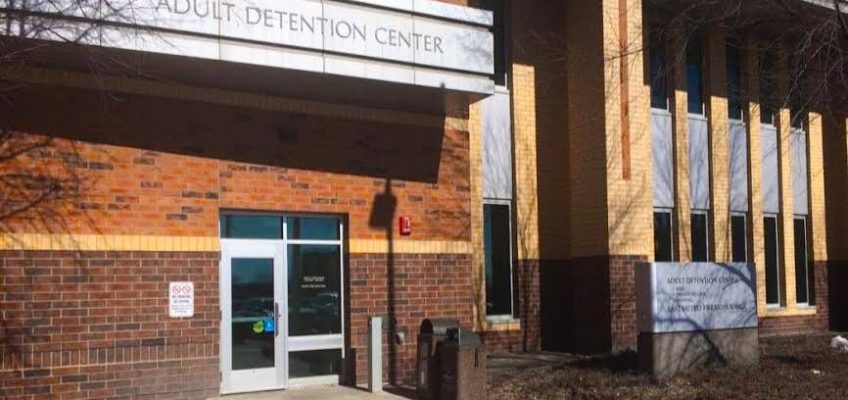Everyone does well when everyone does well. True in life, true in team sports.
While the NBA is littered with players pursuing their own individual dreams and goals, so often the path to everything everyone wants is simple — win.
It’s no different for the Timberwolves, who have — as they’ve reiterated all season — eight starter-caliber players in their primary rotation. Those eight were set to open Minnesota’s first-round series Saturday night in Los Angeles with the goal of advancing the Timberwolves deep into the postseason for a second straight season.
There are certainly individual benefits of doing so, as well.
Here’s a look at what’s on the line this postseason for each of Minnesota’s top eight:
Anthony Edwards
Already an ascending superstar who has comfortably earned top-10 player status. Becoming one of the game’s elite 3-point shooting threats has only raised what already appeared to be a sky-high ceiling.
But if Edwards wants to break into the top-five range and start becoming a serious, year-over-year MVP candidate and join Shai Gilgeous-Alexander, Nikola Jokic, Giannis Antetokounmpo, Luka Doncic and Jayson Tatum in discussions about the truly elite players in today’s game, he’ll need to prove he can win at the highest levels by playing and thinking the game.
An early exit this season will undoubtedly lead to offseason conversations about steps he needs to take to be the player he already believes he is.
Julius Randle
Randle would like to alter his current perception as a non-playoff player. He enters this year’s postseason shooting 34% from the field and 28% from 3-point range with more turnovers than assists in playoff competition.
If he performs well in these playoffs, and helps Minnesota advance because of it, it would set up Randle, 30, for an interesting decision this summer. He’s currently staring at a $31 million player option for next season, but if he helps key a deep playoff run, he could set himself up for another big, long-term payday by opting out of the final year of his contract and testing the market.
Rudy Gobert
The national consensus seems to be that Gobert isn’t a playoff player because all anecdotal memories of past postseason trips feature jump shots being made over the four-time Defensive Player of the Year’s outstretched arms.
In TheRinger.Com’s most recent top 100 player rankings, the center came in at No. 58. There’s no shame in that, but it likely isn’t reflective of his value when Gobert is playing as he has over the final quarter of the season.
If Gobert can help Minnesota make another deep playoff push with his interior defensive dominance and control of the glass, it would be another step toward him receiving the national respect he deserves.
Jaden McDaniels
There isn’t as much at stake individually for the 24 year old, who’s already recognized as one of the game’s premier perimeter defenders. But a postseason in which he finally solves the Doncic riddle could put him at top of mind in his pursuit of a future Defensive Player of the Year award honor.
Mike Conley
As pure as it gets: At this point in his NBA career, the floor general is still in hot pursuit of that elusive NBA title. Sure, strong individual play could quell any concerns about the 37-year-old guard’s ability to contend with bigger, physical players as he ages. But Conley would likely take any route to a mid-June date with the Larry O’Brien Trophy.
Nickeil Alexander-Walker
A two-way wing with an increasingly reliable 3-point shot, Alexander-Walker should be highly sought after in this year’s free-agent market. This will be the first big-money contract of the wing’s career, and the better he plays on the ultimate proving ground, the more money he figures to make.
Plus, Alexander-Walker likely wants to remove the bad taste in his mouth after last year’s disappointing Western Conference Finals performance.
Naz Reid
Reid is a surefire bet to opt out of his $15 million player option for next season, sending the shooting big into free agency.
Re-signing Reid — who has gained fans around the league thanks to his diverse offensive skill set — has long been considered a top priority for Minnesota. But the forward would do well to put together a strong playoff run. It can only increase his competitive market.
Donte DiVincenzo
The wing is cemented in Minnesota’s long-term picture with a team-friendly contract that extends through the next two seasons. He’s a big piece of what the Wolves hope to do in the future, and he proved with his impressive playoff performances with the New York Knicks last spring that he’s capable of contending on this stage.
Little figures to change with these playoff results, but perhaps a strong performance could make a case that the sharpshooter should open next season in Minnesota’s starting five.
Minnesota Timberwolves forward Julius Randle (30) posts up against Utah Jazz guard Collin Sexton (2) during the first quarter of an NBA basketball game, Thursday, Jan. 30, 2025, in Salt Lake City. (AP Photo/Rob Gray)
Related Articles
5 things the Timberwolves must do to upset the Lakers, plus a prediction
Can Anthony Edwards out-think the Lakers? Timberwolves’ playoff hopes depend on it
Will Timberwolves’ Rudy Gobert struggle against Lakers’ small-ball lineup?
Julius Randle struck offensive balance in Minnesota. Will that be better playoff formula?
Schedule set for Timberwolves-Lakers first-round series




